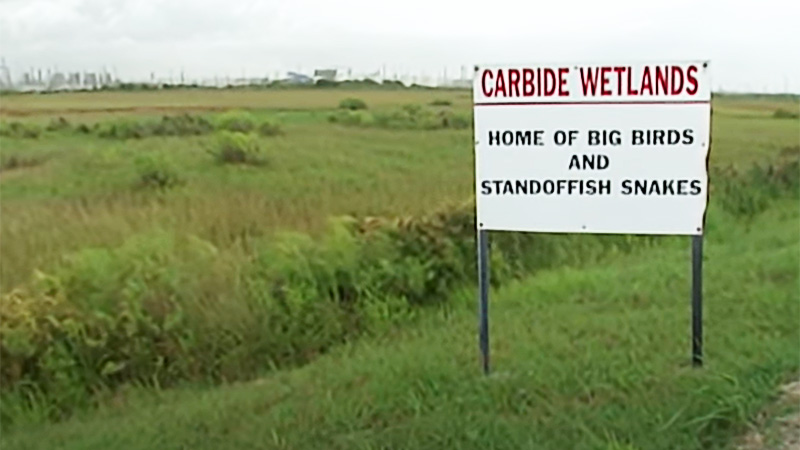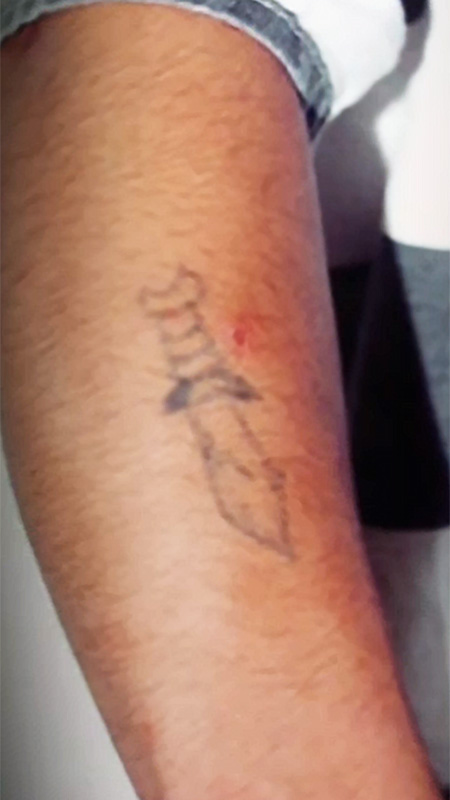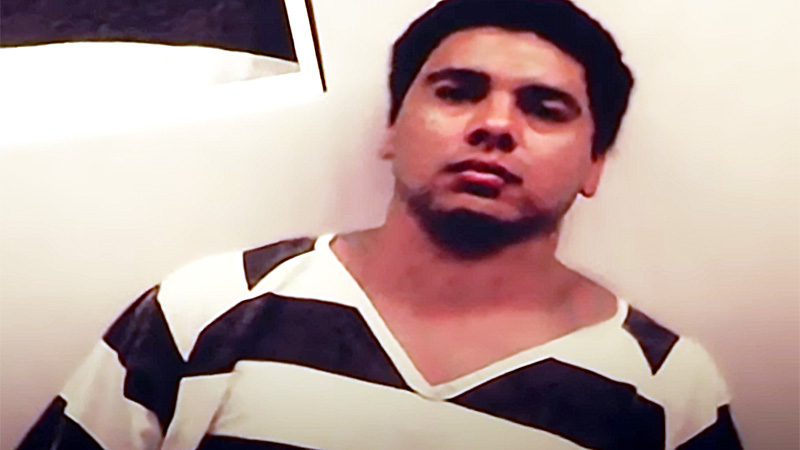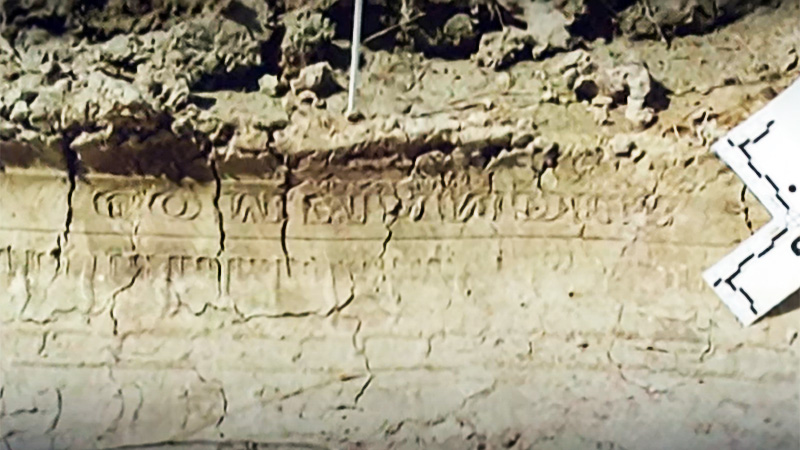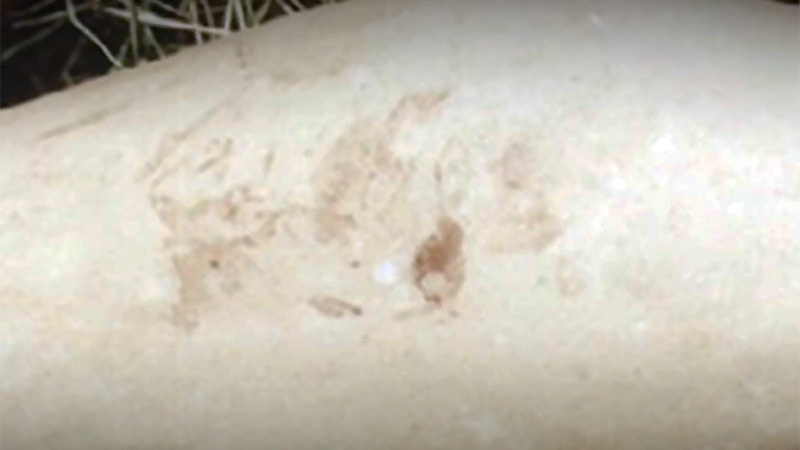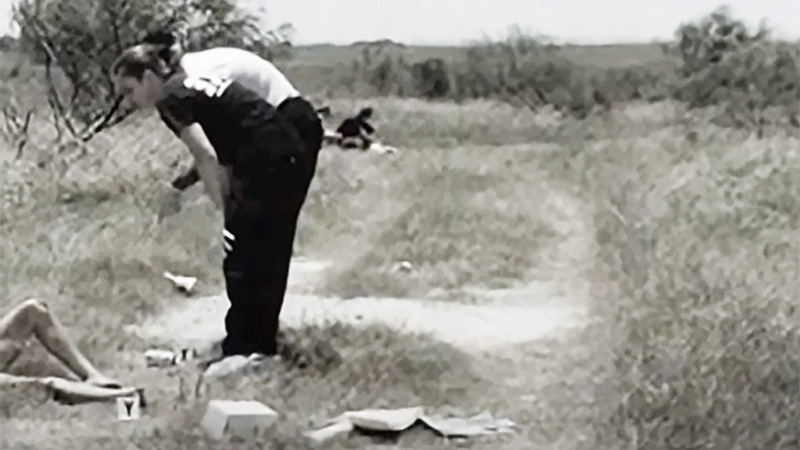Finger Pane
Cammy Keleman and Dana Feazell murdered by Jose Castillon
In the marshlands just outside Texas City, municipal workers discovered the nude bodies of two murder victims. Details of a failed kidnapping would lead police to the killer.
Original air date: January 21, 2008
Posted: March 5, 2023
By: Robert S.
Season 12, Episode 14
About 45 minutes southeast of Houston is the oil-centric town of Texas City. Being right on the gulf coast, many marshlands edge the industrial region. With marshes come mosquitoes – Texas-sized mosquitoes. Municipal workers are tasked with taming the mosquito population, and they got an early start on the morning of May 16, 2001. But their routine of driving and spraying was interrupted when they encountered something unexpected.
The legs of a nude female were partially splayed onto the workers' roadway. It was quickly apparent that she was deceased, but there weren't yet signs of decomposition. As they inspected the scene and notified police, another female's body was discovered just over 100 feet away. This victim was nude as well, and it seemed their assailant had used a knife. In addition to the bodies, workers saw empty beer cans, a couple white wash cloths, and an inside-out purse, its content strewn about.
Crime scene investigators surmised the female victims were killed the night before, mere hours ago. There was a fair amount of glass on and near one of the victim's leg, and on the other's leg seemed to be a fingerprint in blood. Also near one of the victims and the beer cans was a fresh tire track. It were so clear, investigators could easily read the mirrored impression of the tire brand's embossment: Commander.
While castings of the tire impression was being made, another crime scene analyst worked to improve and preserve the bloody fingerprint. To enhance its clarity and detail, the analyst applied amido black. Then several high-quality photographs were taken before the victims' bodies were brought to the medical examiner for autopsy. Police discovered the identities of both deceased women and learned they'd been working in Texas City as prostitutes. Police's suspect pool had just increased exponentially.
Detectives hit the streets and spoke with other area prostitutes to learn more about their victims and possibly discover a suspect. Their hard work paid off when they found a streetwise woman who'd just had her own life-and-death encounter days before. A male client had taken her out near the same marshy area and attempted to bind her with tape. The clever woman wriggled free and ran from her assailant. But she didn't go emptyhanded. She was able to provide police with a general description of a suspect and details about his vehicle. She even recalled important details like his forearm tattoo and half of his license plate number.
Armed with a general description of a suspect and his car, police were on high alert to find their potential murderer. And a lucky break put a similar car with a similar driver right in front of one of the homicide investigators while on his way to work. But would this be the perpetrator of the attempted abduction? And could this same suspect have also killed the other two victims?

The Facts
Case Type: Crime
Crimes
- Murder
- Kidnapping
Date & Location
- May 16, 2001
- Texas City, Texas
Victims
- Dana Feazell (Age: 31)
- Cammy Keleman (Age: 32)
Perpetrator
- Jose Castillon (Age: 30)
Weapon
- Knife
Watch Forensic Files: Season 12, Episode 14
Finger Pane

The Evidence
Forensic Evidence
- Fingerprints
- Glass fragments
- Impressions: Tire
- Matching item: Wash cloths
- Product lot numbers
Forensic Tools/Techniques
- Amido black
- Digital image enhancement
- Refractive index comparison
- Tire castings

Usual Suspects
No Evil Geniuses Here ?
- None occurred in this episode
Cringeworthy Crime Jargon ?
- "Needle in a haystack"
File This Under... ?
- Prostitute, callgirl, escort

The Experts
Forensic Experts
- Richard Vorder Bruegge: FBI Photograph Analyst
Quotable Quotes
- "I gotta say that no matter what they were doing at the time of their death, nobody deserves the way they died. Not at all." - Christina Stouten: Cammy Keleman’s Sister
- "He [criminal profiler], in no uncertain terms, told me that this individual is going to produce numerous bodies in this area if you don’t stop him, and stop him immediately." - Mohamed Ibrahim: Prosecutor
- "There are two different we’re dealing with here. You’re dealing with the pattern of the fingerprint which is a very specific type of pattern, and then we’ve got this texture of the skin that is distinct from the fingerprint." - Richard Vorder Bruegge, Ph.D.: FBI Image Analyst
- "I think he’s a monster. I think we all realized the magnitude of what we had, and that this was going to happen again – if we couldn’t solve it, we would have another one to solve." - Capt. Brain Goetschius: Criminal Investigator
- "She [previous victim] had been taken out to the same area, and she had been treated in much the same way as we suppose these other girls were treated, other than the fact that she was not killed." - Sgt. Joe W. Haralson: Texas Ranger
- "I just happened to look to my right, and there was a small, white, four-door car. This one caught my attention and I saw the first three on the license plate as ‘C41’. And I’m telling you my heart, I think, stopped beating." - Paul Edinburgh: Homicide Detective
Find a typo or issue with the details of this case? Leave a comment below, or contact us!

